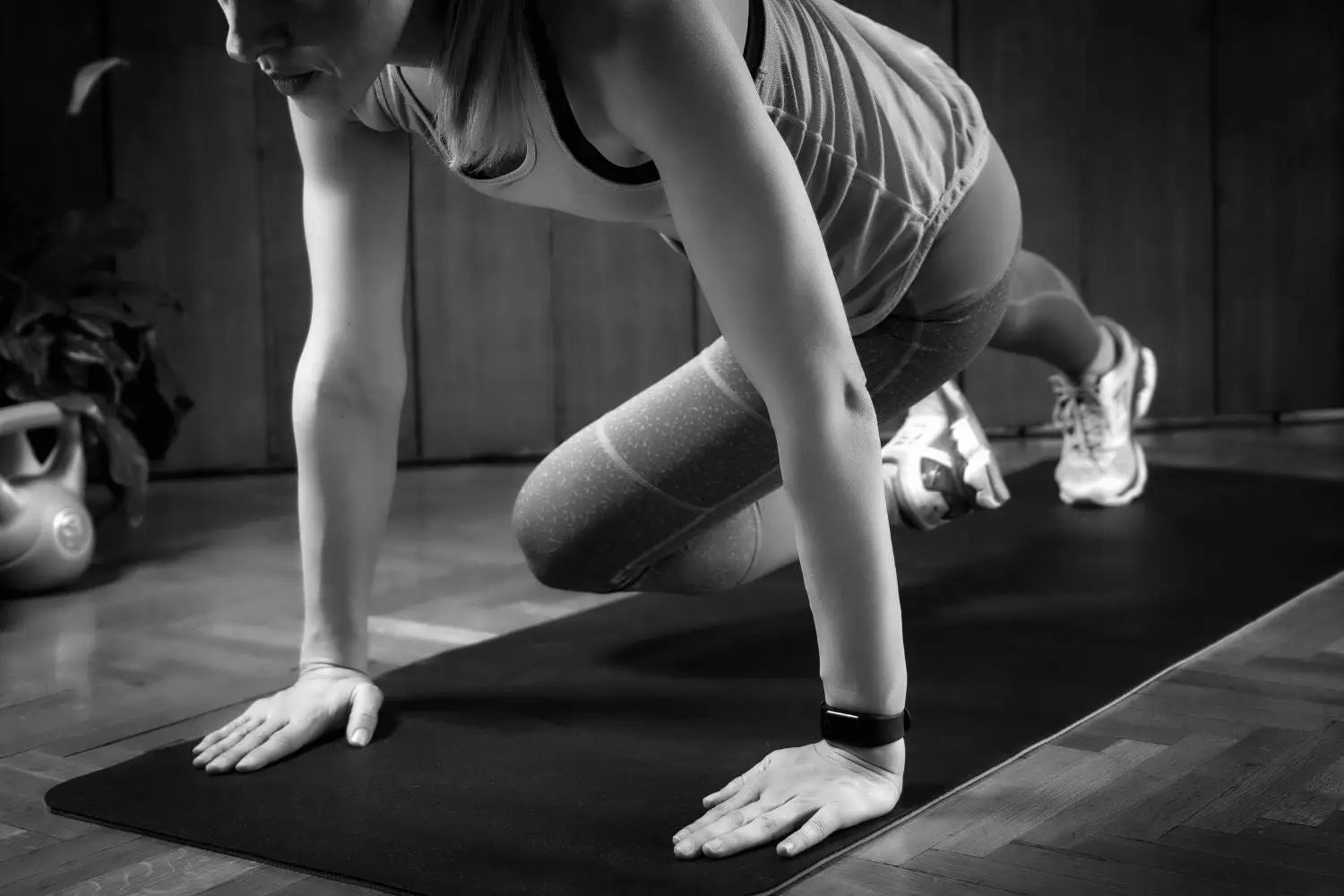The Ultimate Guide to Functional Training: Boost Your Everyday Strength
Functional training is more than just a workout; it's a way to prepare your body for the demands of everyday life. Whether you're lifting groceries, running after your kids, or just trying to maintain a healthy, pain-free body, functional training helps you move better, stay strong, and prevent injuries. In this comprehensive guide, we'll explore what functional training is, its benefits, and how to build an effective routine that fits your lifestyle.
"Train for the life you want, not just for the gym. Functional training makes every movement count!"
What is Functional Training?
Functional training involves exercises that simulate movements you perform in your everyday activities. Unlike isolated exercises that work on specific muscles, functional exercises are designed to improve your overall coordination, balance, and strength through movements that mimic real-life actions, such as squatting, lunging, pulling, and lifting. The aim is to create a strong, well-balanced body that moves efficiently.
What is your primary reason for incorporating functional training?
- Strength
- Mobility
- Injury Prevention
Benefits of Functional Training
Functional training is beneficial for people of all fitness levels. Here are some of the key benefits you can expect:
- Enhanced Everyday Functionality: By mimicking everyday movements, functional exercises help make daily tasks, like carrying groceries or bending down, easier and more comfortable.
- Core Strengthening: Functional workouts engage your core muscles throughout, which helps build a strong, stable center to protect your back and improve your posture.
- Injury Prevention: Functional exercises improve joint stability and flexibility, reducing the risk of injuries caused by poor movement patterns or muscle imbalances.
- Improved Balance and Coordination: Functional training often incorporates balance exercises, which improves overall stability, helps prevent falls, and enhances athletic performance.
- Boosted Athletic Performance: Whether you're a runner, a swimmer, or play sports, functional training helps enhance your performance by focusing on power, agility, and efficient movement.
"A strong core and proper balance make every other movement in your life smoother. Functional fitness focuses on building those foundations."
Key Functional Exercises for Everyday Strength
Here are some essential functional exercises that you can include in your workout routine to improve your strength and mobility:
- Squats: Squats improve the strength of your legs, glutes, and core—important for movements like sitting and standing.
- Lunges: Lunges help develop balance, coordination, and leg strength, which are essential for walking, running, or climbing stairs.
- Push-Ups: Push-ups build upper body and core strength. They mimic pushing movements you perform daily, like opening a heavy door.
- Deadlifts: Deadlifts are key for strengthening your back, core, and hamstrings, helping you lift things safely off the ground.
- Planks: Planks target your core muscles, supporting a strong back and improving posture.
- Farmer's Walk: Carrying weights in both hands and walking—just like carrying grocery bags—strengthens your grip, core, and legs.
"Incorporating movements that mimic daily life keeps you strong for everything outside the gym."
Creating a Functional Training Routine
Building a functional training routine is all about balance and variety. Here's a sample weekly plan that you can modify based on your fitness level:
- Day 1: Lower Body Focus - Squats, Lunges, Farmer's Walk
- Day 2: Upper Body and Core - Push-Ups, Planks, Overhead Press
- Day 3: Rest or Light Activity - Go for a walk or do yoga for mobility
- Day 4: Full Body - Deadlifts, Squats, Medicine Ball Throws
- Day 5: Balance and Stability - Bosu Ball Squats, Single-Leg Deadlifts, Bird Dog
- Day 6: Cardio and Agility - High Knees, Box Jumps, Lateral Shuffles
- Day 7: Rest and Recovery - Foam rolling, gentle stretching
The goal is to work all major muscle groups while maintaining flexibility and agility.
Functional Training vs Traditional Strength Training
Many people wonder how functional training differs from traditional strength training. Here are some key distinctions:
- Movement Patterns: Traditional strength training often focuses on isolated muscle groups (e.g., bicep curls), while functional training uses compound movements involving multiple joints and muscles.
- Purpose: Functional training is about improving practical, everyday movement, while traditional training often aims to increase muscle size and definition.
- Equipment: Functional training typically uses equipment like resistance bands, kettlebells, or medicine balls, while traditional strength training relies more on dumbbells, barbells, and machines.
"Functional training is designed for life outside the gym, focusing on movement quality, not just muscle quantity."
Incorporating Functional Training into Your Daily Life
Functional training isn't limited to your gym sessions. You can incorporate it into your daily activities to keep your body strong and mobile:
- Take the Stairs: Opt for stairs instead of the elevator whenever possible. Stair climbing is an excellent functional exercise.
- Sit and Stand: Practice squats by sitting and standing from a chair without using your hands for assistance.
- Household Tasks: Carry heavy grocery bags or do yard work—these activities naturally incorporate functional movements that strengthen your body.
"Functional training is everywhere, and every little movement counts!"
Conclusion
Functional training is all about optimizing the way your body moves and functions in everyday life. By focusing on multi-joint exercises that mimic real-life activities, you can build a stronger, more flexible, and well-balanced body. Whether you are a beginner or a fitness enthusiast, incorporating functional exercises into your routine can improve your quality of life and help you move through the world with confidence.
"Train smart, move freely, and make every day a stronger, healthier day!"
FAQs
What is functional training, and why is it important?
Functional training involves exercises that mimic everyday movements, improving your strength, coordination, and mobility for better quality of life.
Can functional training help with weight loss?
Yes, functional training can help with weight loss by improving muscle tone and boosting your metabolism through compound movements.
How many times a week should I do functional training?
Aim for at least 3-4 times per week to see improvements in strength, mobility, and overall fitness.
What equipment do I need for functional training?
Functional training can be done with minimal equipment like resistance bands, kettlebells, or just your body weight.
Takeaways
- Functional training helps improve everyday movement, balance, and strength.
- It targets multiple muscle groups to enhance practical activities like lifting, bending, and reaching.
- Functional training can prevent injuries and improve athletic performance.
- Incorporate functional exercises like squats, lunges, and push-ups to build a well-rounded workout routine.
- Functional training can easily be integrated into daily life through simple activities.




Leave a comment
All comments are moderated before being published.
This site is protected by hCaptcha and the hCaptcha Privacy Policy and Terms of Service apply.